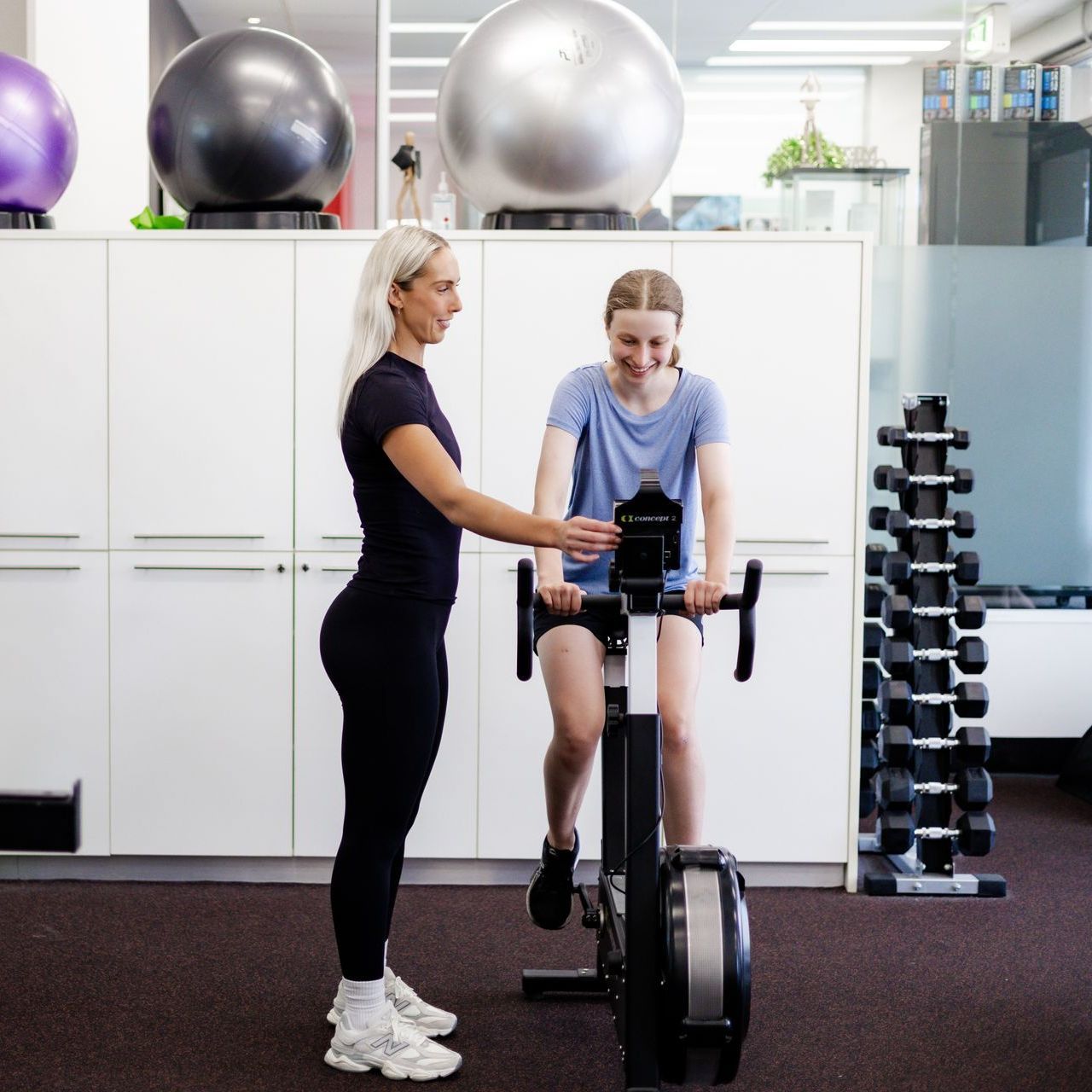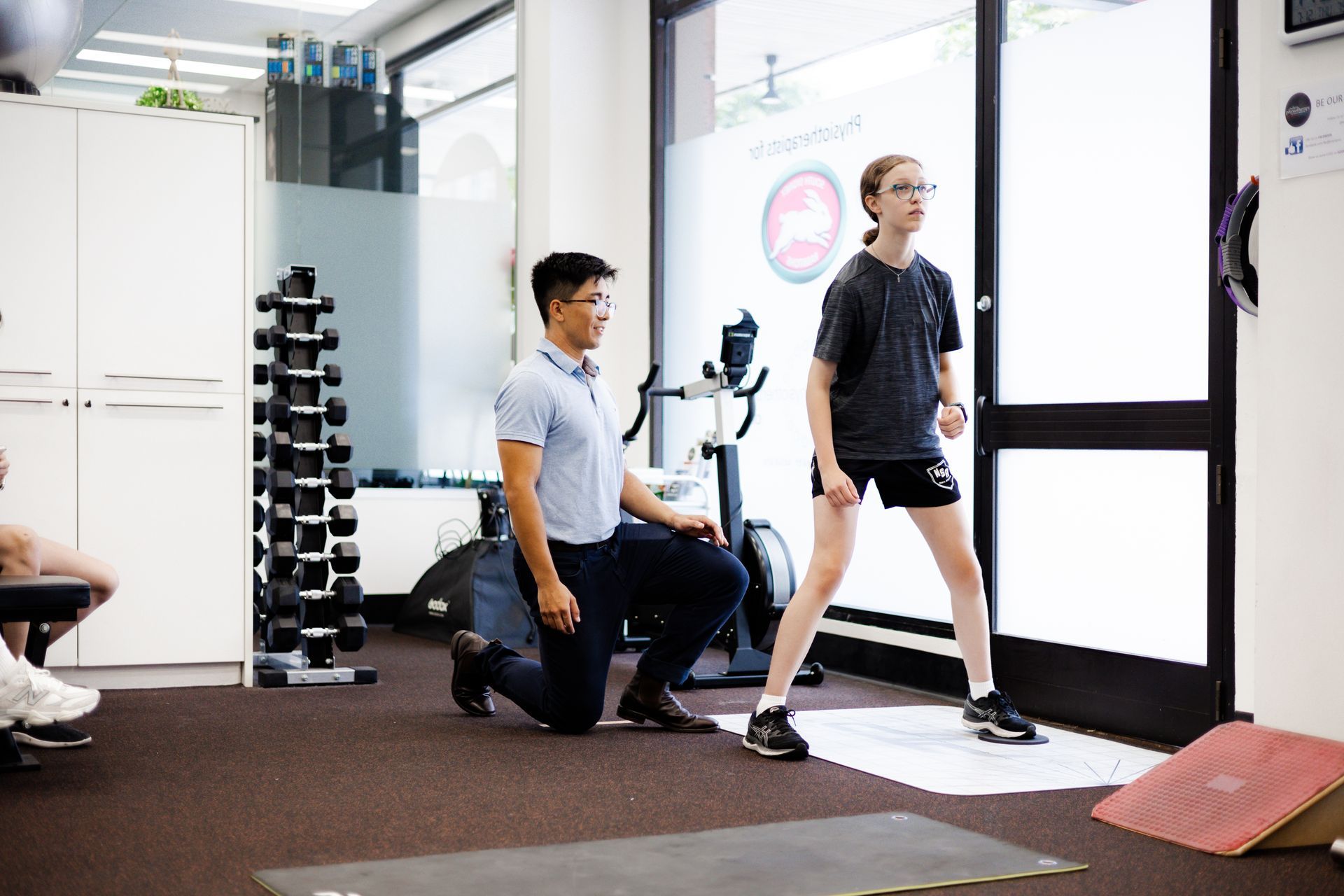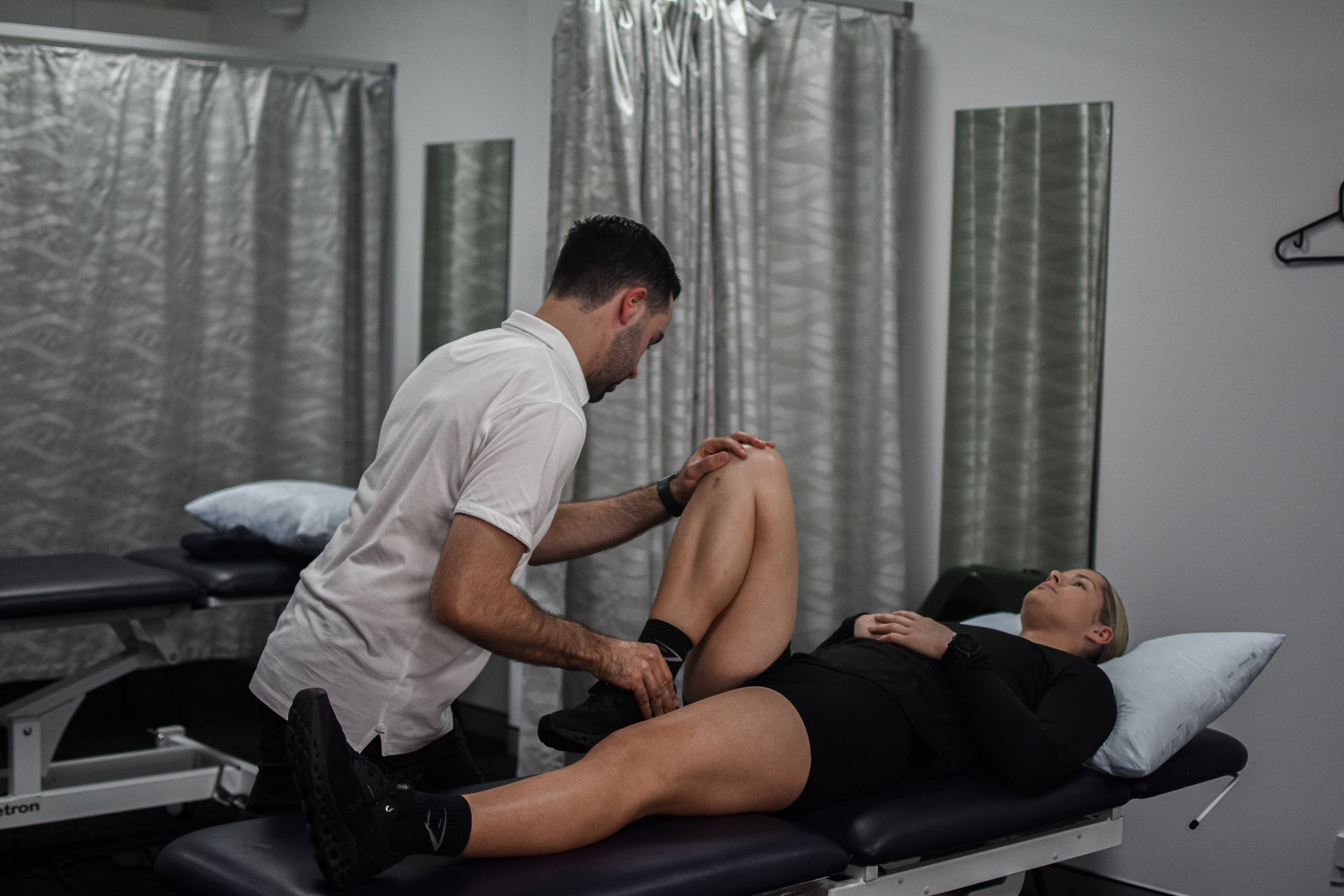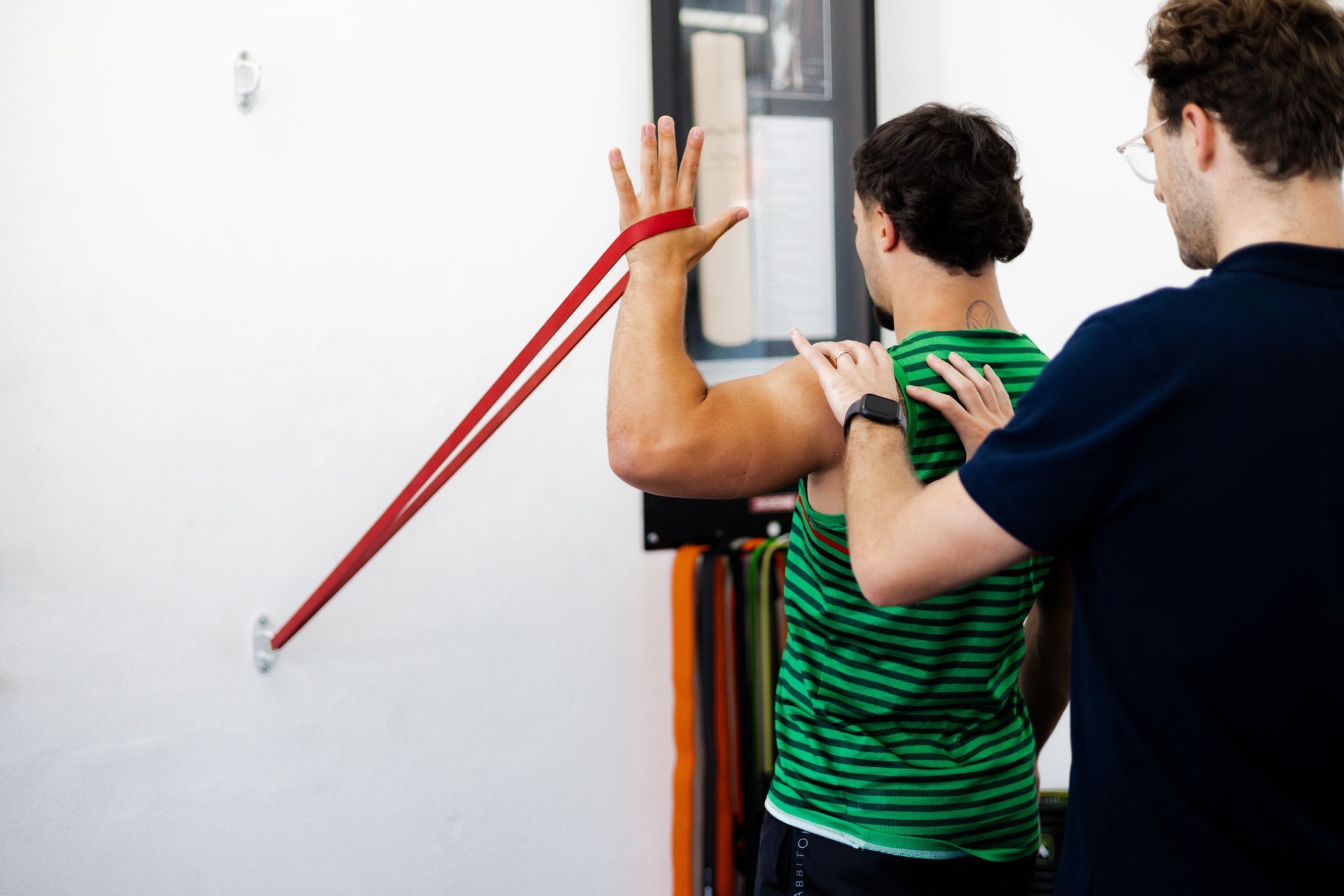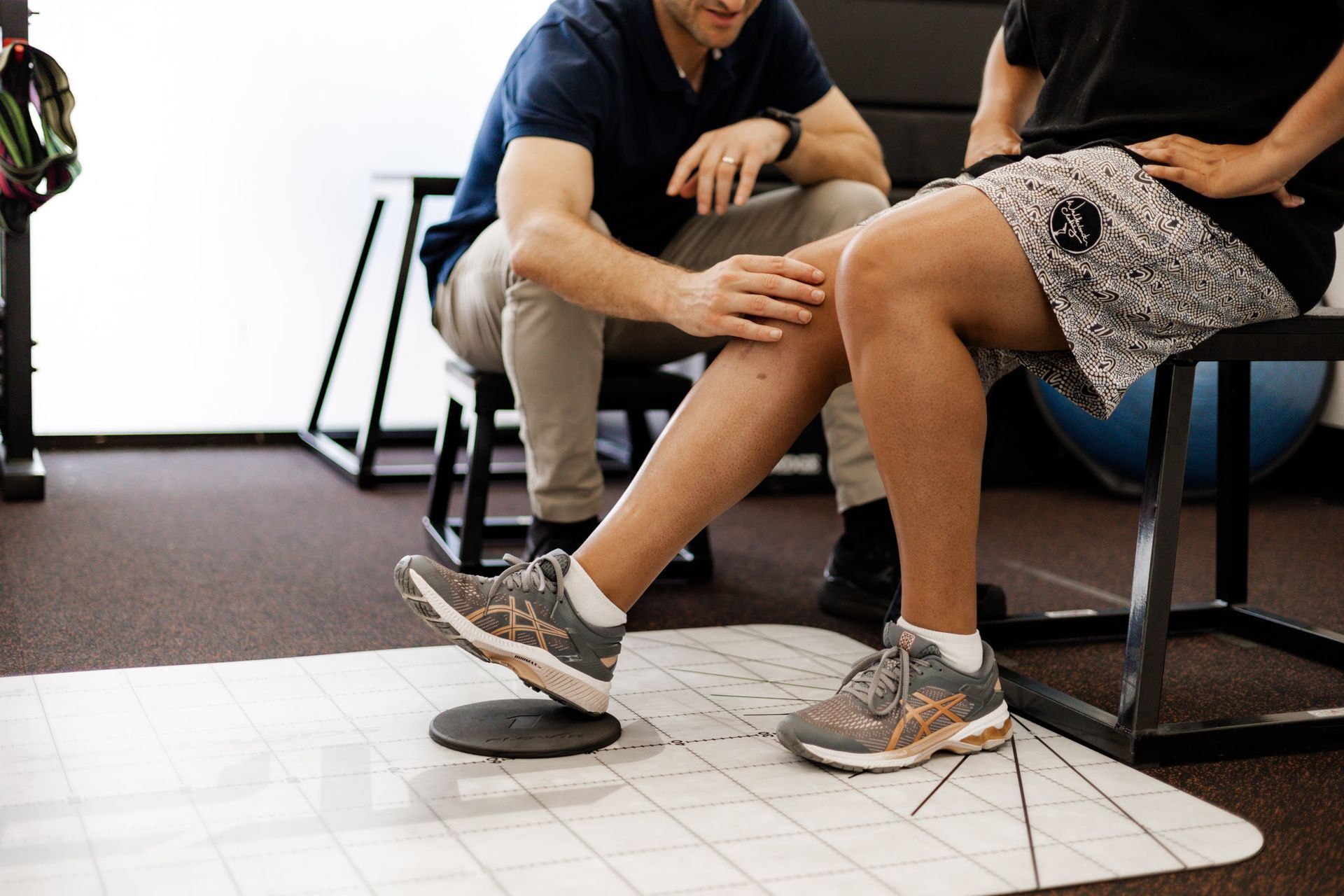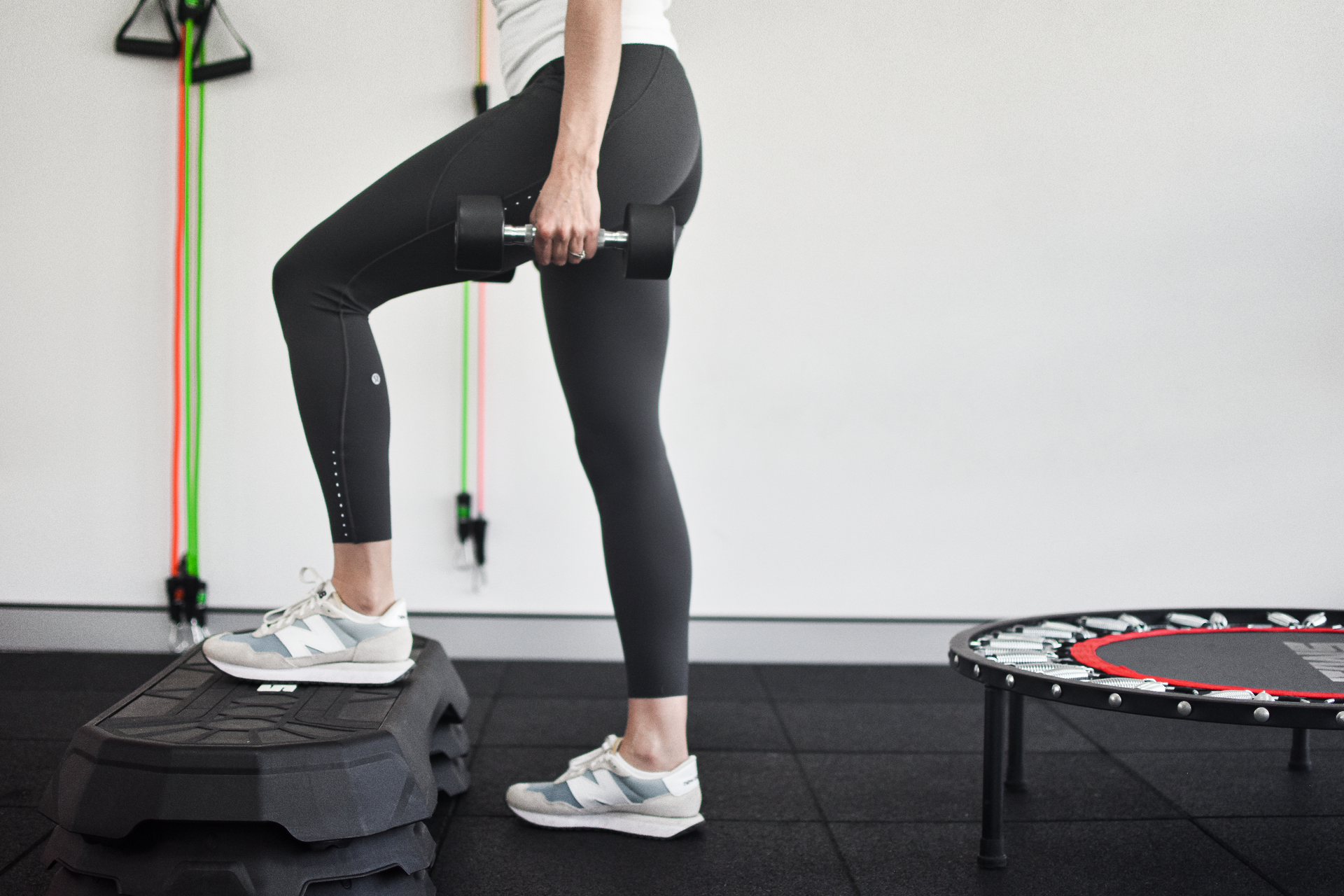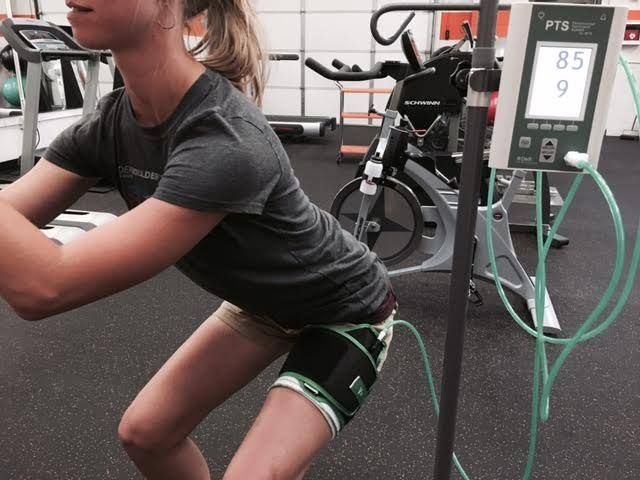COVID-19 Nutrition – Stocking a Healthy Pantry
Stocking a Healthy Pantry
With the evolving impact of the COVID-19 pandemic, many are planning to stay at home for extended periods and access to nutritious food has become top of mind. While being prepared is important, unnecessary stockpiling of food puts strain on the most vulnerable members of our community . Below are some tips for sensibly stocking a healthy pantry while considering others.
Check out what you already have in the pantry, fridge and freezer – there is no point doubling up unnecessarily. Throw out any food that is out of date food to free up storage space.
Write a list before heading to the supermarket but be prepared to do the best you can with what you can get. Some foods may be difficult to find, or too expensive, so being flexible is important. Include a variety of fresh, canned, dried and frozen produce from the major food groups below and focus on foods that you will enjoy, therefore avoiding future food waste.
Foods to consider:
Protein
- Canned fish such as tuna, salmon or sardines
- Canned or dried legumes – drain and rinse canned legumes before use
- Fresh meat and poultry – freeze in individual portions for future use
- Nuts, seeds and nut butters – store them in the fridge to last longer
- Long life dairy milk – UHT or powdered or non-dairy alternatives such as soymilk, almond milk or oat milk
Fruit and vegetables
- Fresh fruit and vegetables – choose those that last longer such as celery, broccoli, cauliflower, Brussel sprouts, carrots, pumpkin, cabbage, onions, sweet potatoes, oranges and apples
- Frozen and canned fruit and vegetables – drain and rinse canned vegetables and choose canned fruit in natural juice where possible
Grains
- Stock up on a variety of dried wholegrains – barley, rice (brown, red, wild), pasta, quinoa, rolled oats and cereals
- Consider freezing a loaf of wholegrain bread or rolls to extend their shelf-life
Flavouring staples
- Extra-virgin olive oil
- Balsamic vinegar, lemon juice (frozen in ice-cubes)
- Dried herbs and spices
- Garlic and onion
Comfort foods
- Whatever these are for you – coffee, chocolate, wine – don’t forget these!
- Seeking foods that provide a source of comfort is not only understandable during a time of such uncertainty but also encouraged as they can be beneficial to your mental health.
While some of us are enjoying the extra time at home to experiment with new recipes – it is low on the priority list for others. Juggling child-care, full-time work and other competing responsibilities is the reality for many, and for some, unemployment and reduced income are making mealtimes particularly challenging. Focus on easy recipes with simple ingredients and adapt as necessary. Meals that can be made in batches and frozen for future use can help provide meal variety and while reducing cost and wastage.
For recipe ideas and individualised nutrition advice during this challenging time our dietitians are available for telehealth appointments. To make an appointment call us on 8068 5158 or book online.
